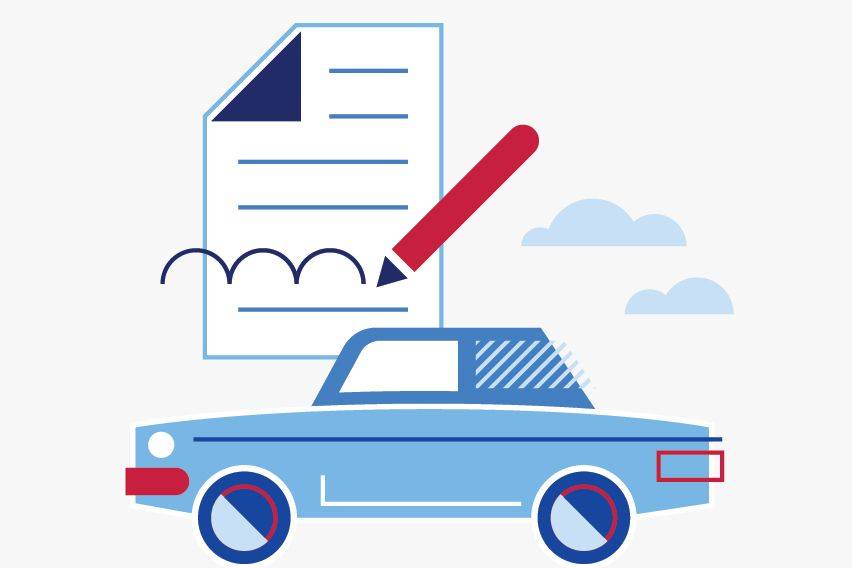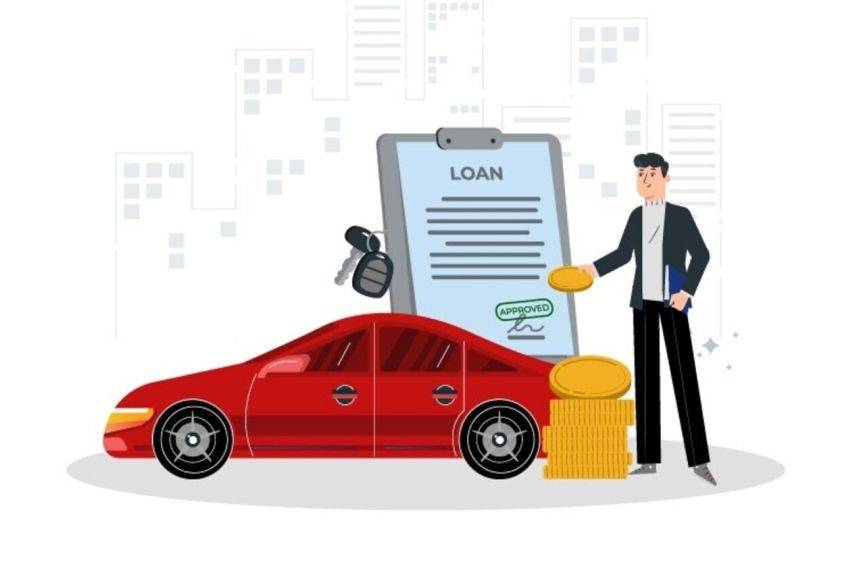How to negotiate the best interest rate for your car loan

- KEY TAKEAWAYS
- #1 Understand the basics of car loan interest rate
- #2 Assess your financial health
- #3 Shop around for the best rates
- #4 Check current market rates & trends
- #5 Present a strong negotiation position
- #6 Discuss the loan term
- #7 Make large down payments
- #8 Negotiate other loan terms
- #9 Promotional offers
- #10 Build good relationship with the bank
- #11 Timing matters
- #12 Get guidance from a financial advisor
- #13 Prepare for loan meetings
- #14 Be ready to walk away
- #15 Monitor loan after approval
When someone thinks of buying a car, the next question after finalising the model is, what about financing? In the Philippines, quite a few options are available, including bank financing, in-house dealership financing, and alternative lending sources, each with its own benefits and drawbacks. However, one thing that remains common in all the options is the borrower’s struggle for a favourable interest rate on a car loan.
KEY TAKEAWAYS
How much of a down payment should I make to get a lower interest rate?
Typically, putting down at least 20% can help you secure a better interest rate, but even a 10-15% down payment can make a difference.Can I negotiate the interest rate directly with the bank or lender?
Yes, interest rates are often negotiable, especially if you have a good credit score or are ready to make a substantial down payment, or have a stable income.What credit score is needed to get the best interest rate on a car loan in the Philippines?
A credit score of 750 or higher is typically considered excellent in the Philippines and can help you secure the best interest rates. Scores in the 650-750 range are usually regarded as good, but might not qualify you for the lowest rates.In the Philippines, a car loan applicant can significantly lower his/her interest rate expenses and make the ownership experience more affordable when they have a proper understanding of the market and a grip over the negotiation strategies.
In case you do not have either skills, here’s a comprehensive guide to help you negotiate the best interest rate on your car loan in the Philippines.
#1 Understand the basics of car loan interest rate
Before you start to negotiate with the lender, it is essential to first understand how car loan interest rates work. Here are a few interest rate-related terms every borrower must understand -
- Fixed interest rate: This rate remains constant throughout the loan term, providing consistent monthly payments.
- Variable interest rate: This rate fluctuates based on market conditions, which could mean lower payments when rates drop or higher payments when they increase.
- Annual interest rate: Includes both the interest rate and any associated fees, offering a clearer picture of the loan’s true cost.
#2 Assess your financial health
Lenders most often are seen to base the interest rate on several of the borrower’s financial factors including,
- Credit score: In the Philippines, having a good credit score is vital for a borrower. A higher credit score typically results in lower interest rates vis-a-vis.
- Debt-to-Income ratio: This ratio measures how much of your monthly income goes toward debt payments. A lower ratio improves your chances of securing better rates.
- Stable income: Proof of a steady income reassures lenders of your ability to make monthly payments.
We’d advise you that before negotiating, check your credit report through services provided by the Credit Information Corporation (CIC) and address any discrepancies.

#3 Shop around for the best rates
Never settle on the first offer you receive as banks and lending institutions vary in their loan terms and interest rates. By comparing rates from multiple sources, you increase your bargaining power.
- Banks: Traditional banks in the Philippines (BDO, BPI, and Metrobank) often offer competitive interest rates and loan structures. Check their websites and visit their branches for up-to-date information and potential promotional offers.
- Credit Cooperative lenders: Cooperatives are known to provide flexible terms and lower rates to members. In case you belong to a cooperative or are eligible to join one, explore this option.
- Online lenders: Modern financial services offer digital applications with lower overhead, resulting in lower rates.
- Car dealerships: Some dealerships have partnerships with banks and offer special financing packages that may come with lower rates.
#4 Check current market rates & trends
It is crucial to stay informed about the current loan interest rates, as this knowledge will allow you to set benchmarks for offers and help spot the ones with overly high rates. To gain such insights you can go check the government-released data and financial news sites. Use comparison platforms to find out the average interest rates in real-time.
Tools to monitor interest rates -
- Online comparison tools: There are several websites that provide instant comparison between different loan options.
- Bank websites: Regularly visit the websites of major banks to stay updated about the interest rates and special promos.
- Financial advisors: Subscribe to a financial advisor to stay informed about the potential market shifts.
#5 Present a strong negotiation position
So, when you approach the lender make sure to present yourself as a well-informed, knowledgeable, and low-risk borrower. Here are a few tips to keep in mind -
- Bring a pre-approved offer: Having a pre-approved loan offer from a different lender can give you leverage in negotiations.
- Highlight your creditworthiness: Be ready to discuss your strong credit history and low debt-to-income ratio.
- Discuss flexible terms: Some lenders may offer lower rates if you opt for shorter loan terms or commit to automatic payments.

#6 Discuss the loan term
The duration of the loan term greatly impacts the interest rate. For example, some lenders may offer lower rates if you opt for shorter loan terms or commit to automatic payments. On the other hand, longer terms might reduce monthly payments but can increase the total interest paid.
| Short term | Pros & Cons: Higher monthly payments but significant savings on interest. |
| Long term | Pros & Cons: Lower monthly payments but higher cumulative interest costs. |
It is recommended to assess your budget and long-term financial goals before deciding on the loan term that’s best for you.
#7 Make large down payments
Putting down a larger initial payment can significantly reduce the interest rate offered. This reduces the lender’s risk by lowering the loan-to-value (LTV) ratio.
Benefits of making a large down payment -
- Lower Monthly Payments: Reduces the total loan amount.
- Better Interest Rates: Shows lenders that you are committed and financially capable.
Note, strive for at least 20% downpayment to enhance your chance of getting a favorable loan term.
#8 Negotiate other loan terms
Interest rates aren’t the only negotiable part of a car loan. Lenders may be willing to adjust other conditions to make their offer more attractive. The list includes -
- Processing fees: Ask if these can be waived or reduced.
- Pre-payment penalties: Check if the loan includes penalties for early repayment and try to have these waived.
#9 Promotional offers
Banks and lenders in the Philippines often roll out promotions tied to special events or seasons. These could include reduced interest rates, waived fees, or special loan packages for certain types of vehicles. Make sure you check the following sources for ongoing or upcoming promotions -
- Car dealerships: Collaborations between dealerships and financial institutions often result in special financing offers.
- Bank promotions: Keep an eye on bank advertisements, especially during holidays or anniversaries.
- Auto shows: Events like the Manila International Auto Show can feature exclusive offers and lower rates from participating banks.

#10 Build good relationship with the bank
If you already have an account with a bank, leveraging that relationship can be beneficial. Banks are often more willing to negotiate with existing customers who maintain good-standing accounts.
#11 Timing matters
Based on the bank policies and economic conditions, interest rates often fluctuate. Therefore, it is suggested to time your loan application strategically, usually at the end of a quarter or fiscal year or when the central bank signals low interest rates.
#12 Get guidance from a financial advisor
Consulting with a financial advisor can be a wise step if you’re unsure how to proceed. They can guide you in evaluating different loan products and ensuring you don’t overlook any fine print.
#13 Prepare for loan meetings
Make sure to go to a loan-related meeting with the lender with all necessary documents and good understanding of your finances. Do bring along the following documents -
- Proof of income
- Bank statements
- Personal IDs
#14 Be ready to walk away
One of the oldest tricks in the book is to walk away if the terms do not meet your expectations. This approach signals to the lender that you have other options and won’t settle for an unfavourable deal.
#15 Monitor loan after approval
After securing your car loan, continue to monitor the terms throughout the repayment period. Refinancing can be an option if market rates drop significantly.
Bottom line
Negotiating the best interest rate on your car loan in the Philippines requires preparation and strategic action. Start by understanding the interest rates available and assessing your financial health. Remember to shop around for the best deals and approach the negotiation process with confidence, supported by strong knowledge of current rates and terms.
Also Read:
Featured Articles
- Latest
- Popular
Featured Cars
- Latest
- Upcoming
- Popular
Car Articles From Zigwheels
- News
- Article Feature
- Advisory Stories
- Road Test
